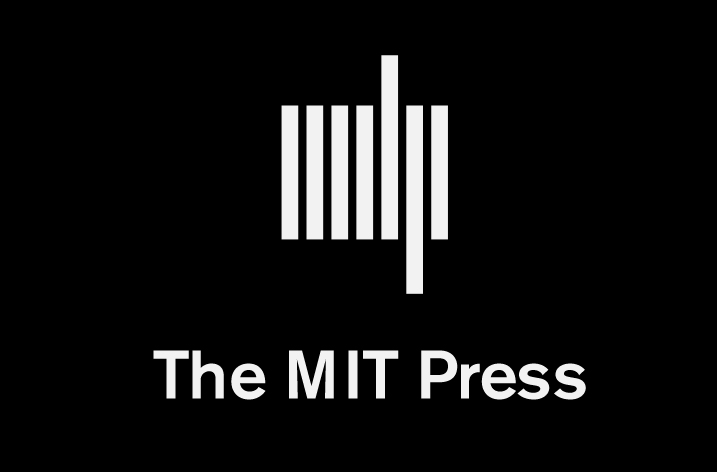
Transformative Agreements (TAs) continue to have an influential and driving impact on enabling a country to flip to a fully open access (OA) environment sustainably and effectively. The latest data from Springer Nature on the growth of OA publishing as a result of its national TAs illustrates that any country with an agreement in place with the publisher, has the ability to flip to full OA.
As the largest OA publisher of primary research, Springer Nature continues to drive forward the sustainable transition to OA for all authors regardless of discipline. Springer Nature now has 11 national TAs in place, the most out of any publisher. Recent data has shown that across the 8 countries with a national TA live in 2019, between 70%-90% of content[2] was published via gold OA (data takes into account the whole Springer Nature portfolio and therefore includes fully OA content as well). Countries such as Sweden, Finland and Poland have, for example, seen 89%, 90% and 86% respectively, of Springer Nature content now being published gold OA since the introduction of their TAs[2]. The increase in OA demonstrates that in countries where these arrangements are in place, a significant impact on the uptake of OA has occurred, far quicker than when relying on author uptake alone, and this has enabled the country to flip to achieve a near full OA environment for those authors publishing with Springer Nature.
Speaking on the data, Carrie Webster, VP Open Access commented:
“When we first pioneered these deals back in 2014, the impact that they could have on driving OA became immediately apparent. Now, with many more national agreements in place, and these countries seeing between 70%-90% of authors publishing via gold OA across the whole Springer Nature portfolio, it is clear that our TAs are instrumental in enabling sustainable country-level transition and a ‘flip’ to full OA. Adding this to the fact that we know OA is cited more than subscription, these countries are therefore not only opening up their research, but their authors are benefiting from greater usage and reach to their content. Whilst TAs are certainly not a one size fits all approach, and hold local complexities, the direction of travel with their implementation is clear and we believe provides a sustainable path to a full OA environment.”
Under a transformative agreement subscription access and OA publishing are brought together into one reading and publishing contract across a consortium of institutions. This means that researchers in those institutions can publish under the “gold” open access model, while also gaining access to research in subscription journals. Spearheaded by Springer Nature with the first such agreement signed with the Association of Dutch Universities, VSNU, Netherlands in 2014, these agreements make the administration of OA simpler for both the institutions participating and their researchers. In addition, these agreements enable a wider group of researchers to benefit from the enhanced discoverability, increased citation and increased usage of OA content, help to solve the problem that some academic disciplines lack OA funding (a centralized APC allows any researcher from the participating institution, regardless of academic discipline, to publish OA), and also provide researchers with an easy way to comply with funders’ OA requirements.
Since the first TA signed in 2014, Springer Nature has established 11 national agreements[3] in total across Europe and Asia, including the largest OA agreement by article output with Projekt DEAL. Springer Nature publishes the world’s most comprehensive OA portfolio and published over 100,000 articles via gold OA in 2019, representing 30% of all Springer Nature articles. The publisher continues to drive forward routes to OA through new journals, books or through the launch and introduction of transformative journals. Remaining an active voice in the OA conversation, driving the opening up of research and the development of open science remains Springer Nature’s primary focus in serving the research community.
More on our commitment to OA and research can be found here.

























